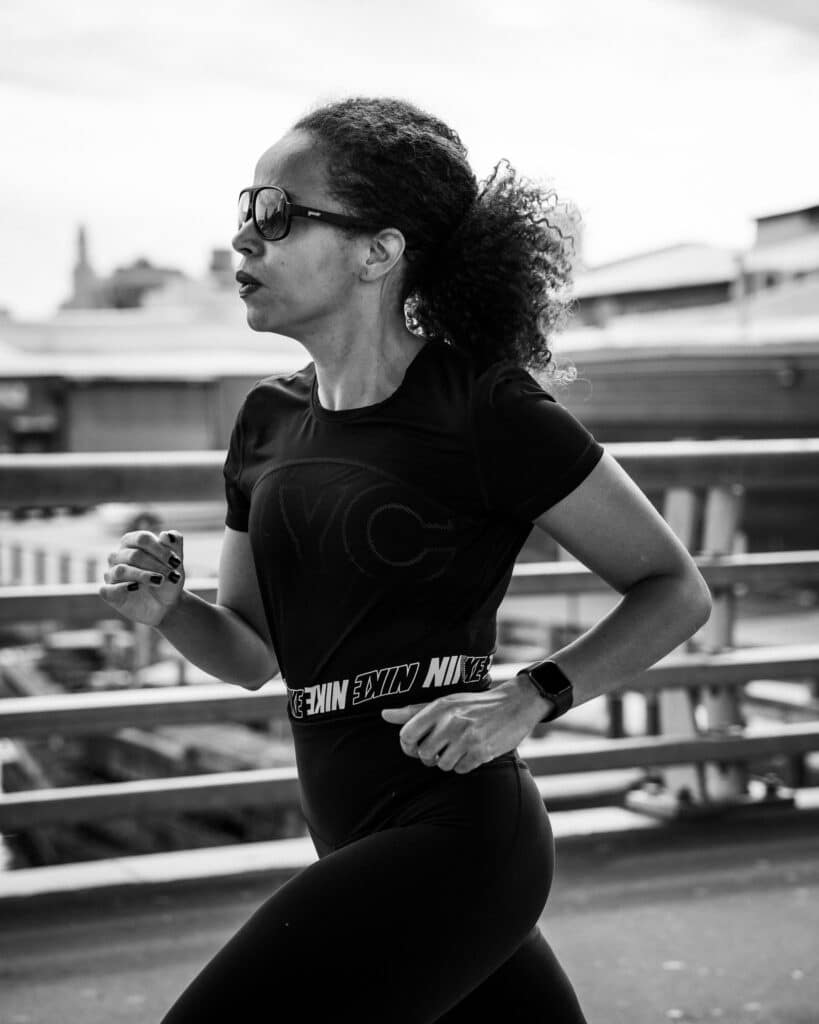
By Nikki Reiter
Here’s a running posture checklist or what your body should be doing biomechanically from head to toe while running:
Head
- Staying stable, face relaxed
- Staring at the horizon
Arms
- Arms work to counter lower body motion – opposite arm to opposite leg
- Avoid excessive rotation of upper body, allowing arms to rotate back and forth at relaxed shoulders
- Arms bent at 90 degrees or slightly less, hands relaxed. Keep elbow in this position
- Don’t let arms cross midline
- Expend as little energy as possible with arm motion
Hips/Pelvis/Core
- Pelvis must stay stable in order for your legs to have something to push against
- Lead with your hips – power in push-off comes from extending the hips, resulting in greater force application backwards, so you can move forward (as opposed to pushing off with toes).
- Tuck tailbone under
- No bending at the waist – ‘run tall’
Legs/Feet
- Your whole body leans forward from the ankles – be careful not to bend at the waist
- Striking midfoot/forefoot is no better and no worse than heel striking, just needs to be under center of gravity
- Your heel needs to hit the ground at some point to optimize loading/unloading of the Achilles tendon
- Recovery position of swing leg depends on speed of movement. A slow jog the foot stays closer to ground while in sprinting it comes right to buttocks. Don’t try to actively control this, just let it happen. Due to passive reflexes, the leg should simply unfold and drop underneath your body
Other biomechanical variables of interest:
Stride Rate
- Ground contact time should be ‘short’ but should be long enough to apply enough force to propel forward at the desired speed. Don’t be too quick to ‘lift’ the heel off the ground, as this reduces the ability of the Achilles tendon to load and release energy to contribute to forward motion
- Focus on driving the hips forward (without arching the back). The big toe should be the last thing to leave the ground – especially to allow the leg to swing through in the direction of movement
Vertical Displacement
- Push off ‘too forward’ means losing out on airtime and decreasing stride length
- Push off ‘too high’ and lose out on stride length and increased energy use
—
Nikki Reiter is the Laboratory Coordinator in the School of Health and Exercise Sciences at the University of British Columbia Okanagan in Kelowna, BC, Canada. With a master’s degree in Biomechanics and as a trained exercise physiologist, she ensures students are taking the scientific approach to training through their lab experiences.
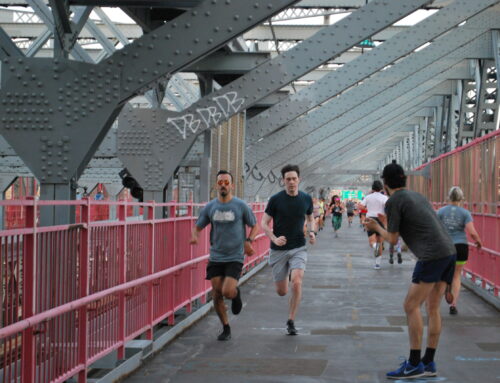
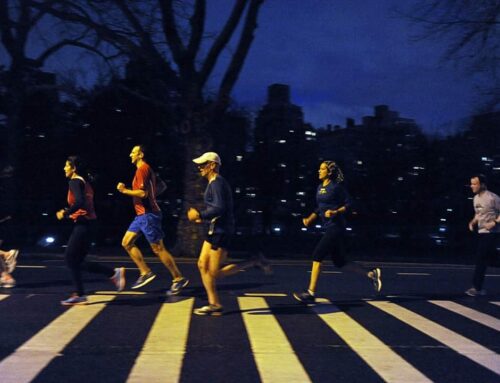
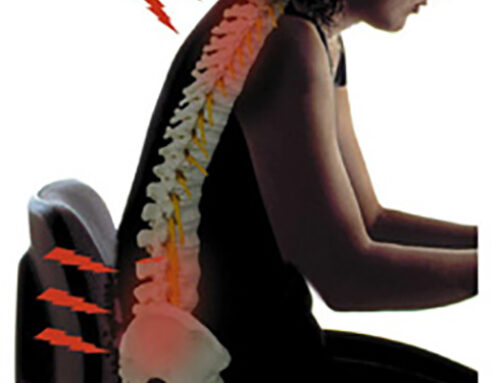
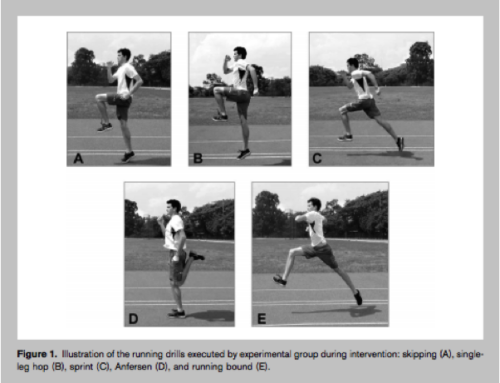
Leave A Comment